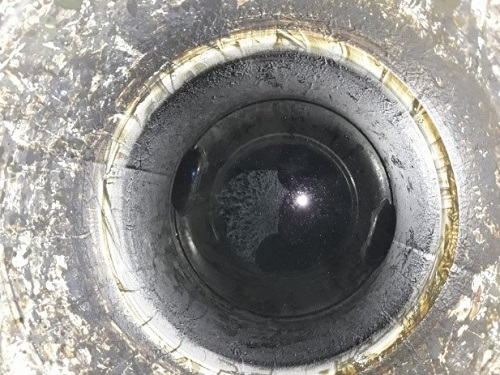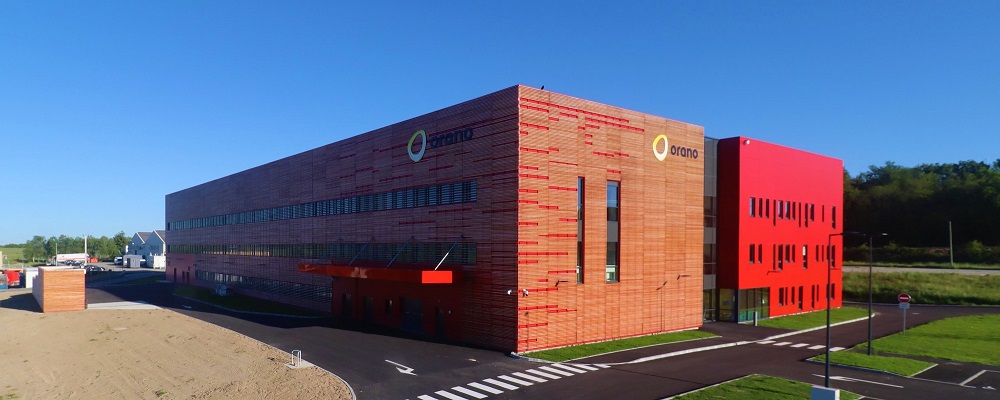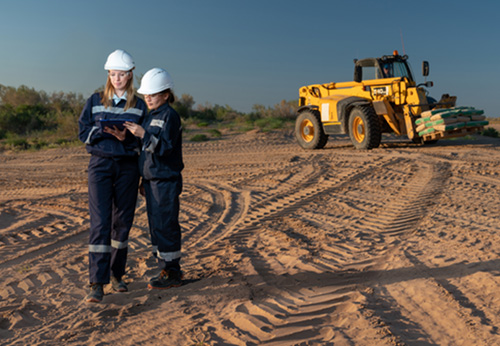
Waste stabilization: Study to installation of packages
An innovative cementing process to stabilize your VLA or LMA waste
-
Among the different types of radioactive waste produced, some waste needs to be wrapped in a matrix in order to be stored. Several solutions are available that could fully or partially address the problem of coating these radioactive wastes; glasses, polymers, bitumen and cement.
Compared to other materials, cement has the advantage of being easy to implement at room temperature, using raw materials and inexpensive mixing processes, being chemically compatible with a majority of waste from the nuclear power industry and finally having good stability against ionising radiation of Low and Medium Activity (FMA).
-
Orano R&D teams have been studying chemical interactions between waste and the cement matrix for many years with the aim of developing cement solutions adapted to each type of waste.
The objective of these studies is to ensure that the packaging of waste meets the acceptable criteria defined by the main regulations applicable to the storage of such radioactive waste.
CIME is fully integrated in this approach by working on issues of stabilisation and solidification of waste, in particular sludge from the treatment of active effluents.
CIME offers you the development of cement formulations adapted to the physico-chemical specifics of your waste, while taking into account the constraints imposed by current regulations. The general approach includes defining the appropriate cement composition at the laboratory scale, engineering design and pilot scale testing.
Great flexibility as regards possible studies:
- Choosing a cement matrix formulated and adapted to your needs
- Selection of cement matrices that can meet your industrial requirements and the compliance requirements of monitoring agencies (ANDRA, ASN, etc.)
- Use of a continuous cementation pilot (10 L/h) on a semi-industrial scale
Further studies:
- Testing of compliance of cement tubes containing radioactive waste (ANDRA specification)
- Chemical studies of cement matrices (MEB, DRX, chemistry of interstitial solutions, etc.) in order to be more familiar your new coating matrices (ANDRA approval file)
-
- Inexpensive coating solution
- Good chemical compatibility with most radioactive waste
- Large choice of matrices to ensure the best coating
- Many management projects studied, requiring different demands to be adapted to (study, characterisation, control, etc.)
-
-
-



